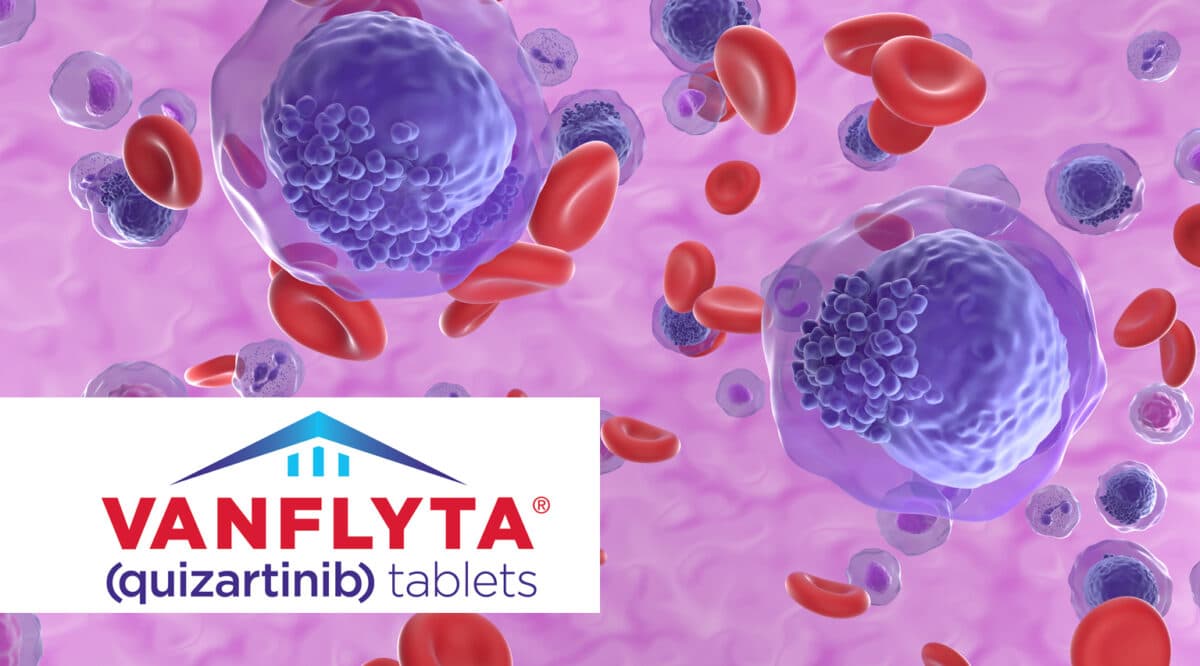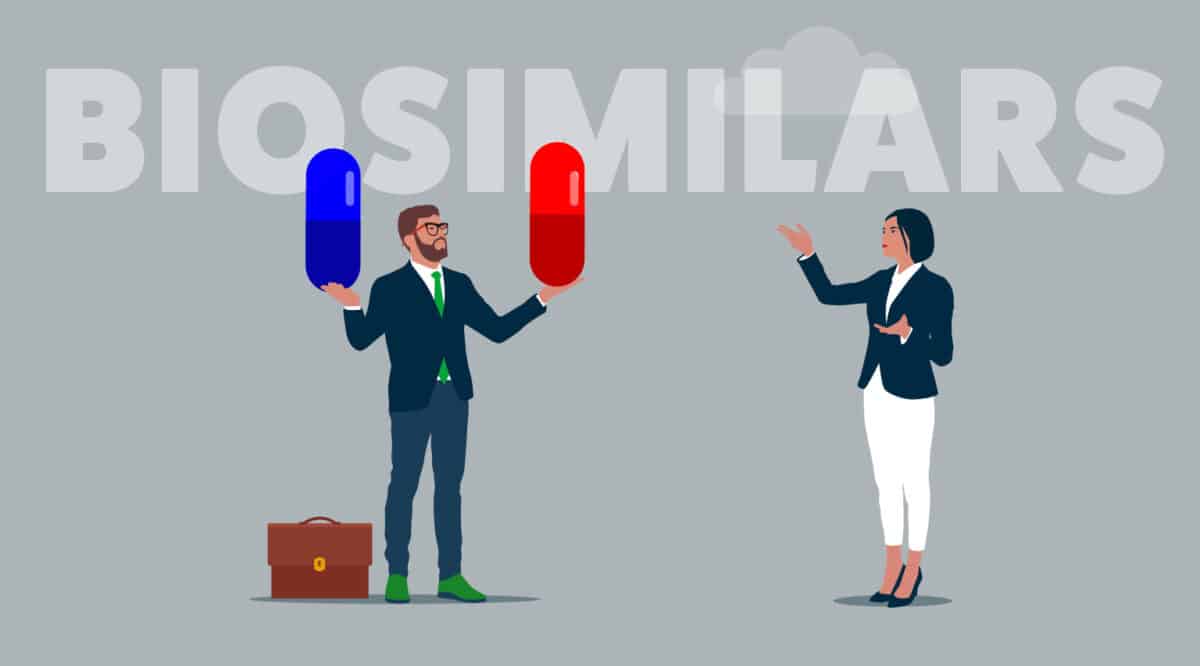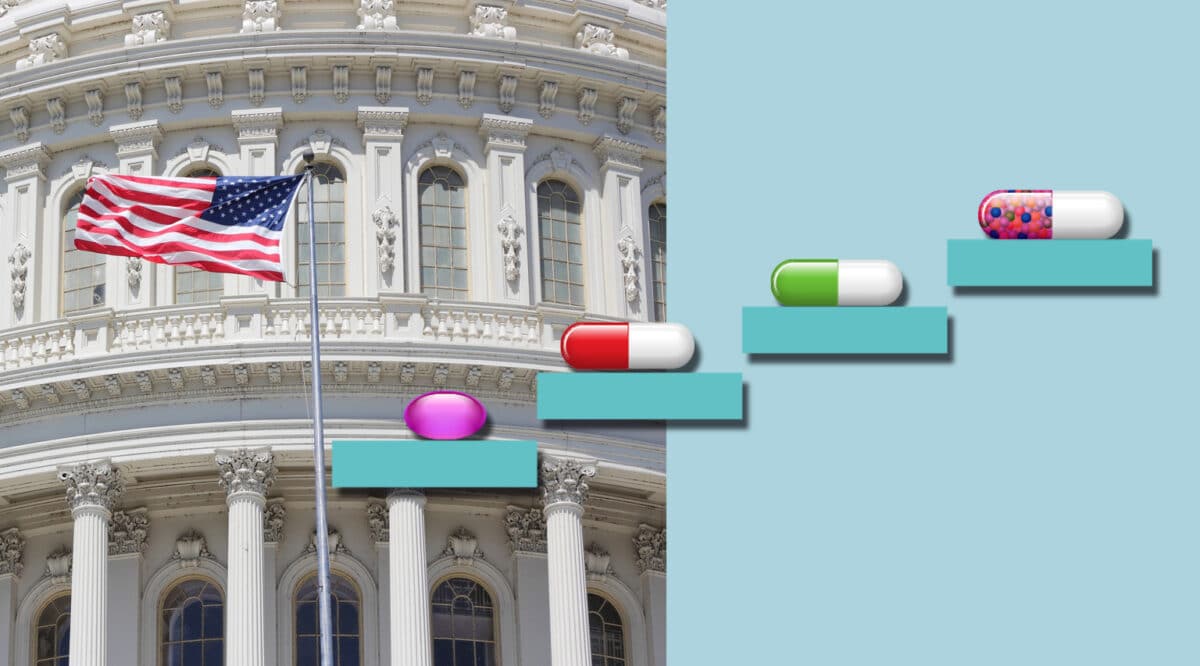Earlier this year the Pharmaceutical Strategies Group published a nifty report on trends in pharmacy benefits management. And, lo and behold, PSG has now doubled down with another nifty report….. this time on specialty spend and trend…. a topic near and dear to most of our readers. It is also one of the only exhaustive reports to be released since the large PBMS all seem to have abandoned publishing similar reports. Kudos to PSG
The biggest top line numbers that we can dish up for you relate to spend for 2022 and the next three years. PSG and Artemetrx suggest that the 2022 trend of 14% growth will be followed by three years of 13% growth….. not bad for a squishy economy. Utilization and mix remained constant with prior years.
Spend showed pressures from rebates….. which should surprise no one. Perhaps the most memorable finding is that the shift of specialty drugs from the medical benefit to the pharmacy benefit tipped total specialty spend to north of 56%!
This report deserves a deep dive….. and update your old PowerPoint presentations!
CLICK HERE to access the full report
——————————————————————————————–
State of Specialty Spend and Trend Report Released by Pharmaceutical Strategies Group
Spend and trend rise in 2022 forecasted to continue
July 25, 2023 — DALLAS–(BUSINESS WIRE)–Pharmaceutical Strategies Group (PSG), an EPIC company, is pleased to announce the release of its proprietary Artemetrx State of Specialty Spend and Trend report, sponsored by Walmart. The seventh annual report uses integrated pharmacy and medical claims data to provide a holistic view of specialty drug spend and trend. First published in 2017, this report is the sole comprehensive analysis of specialty drug spending, powered by the industry’s leading integrated dataset through Artemetrx.
“Walmart is a people-led company who puts the customer and patient first to deliver quality care and medications they need. Our Specialty pharmacy practice is focused on delivering cost-effective medications to help patients manage their complex conditions.”
Specialty drug trend continued to be driven primarily by claim utilization, accounting for nearly three-quarters of the overall 14.1% gross trend. However, cost per claim played…… the article continues











